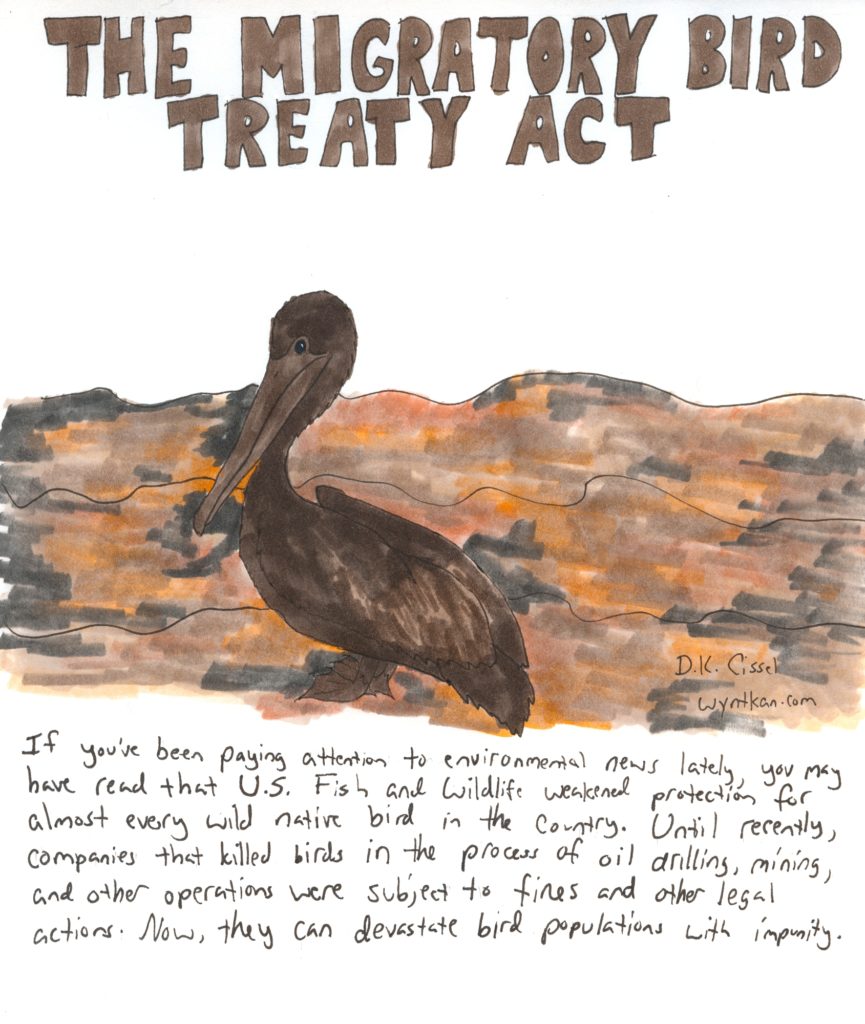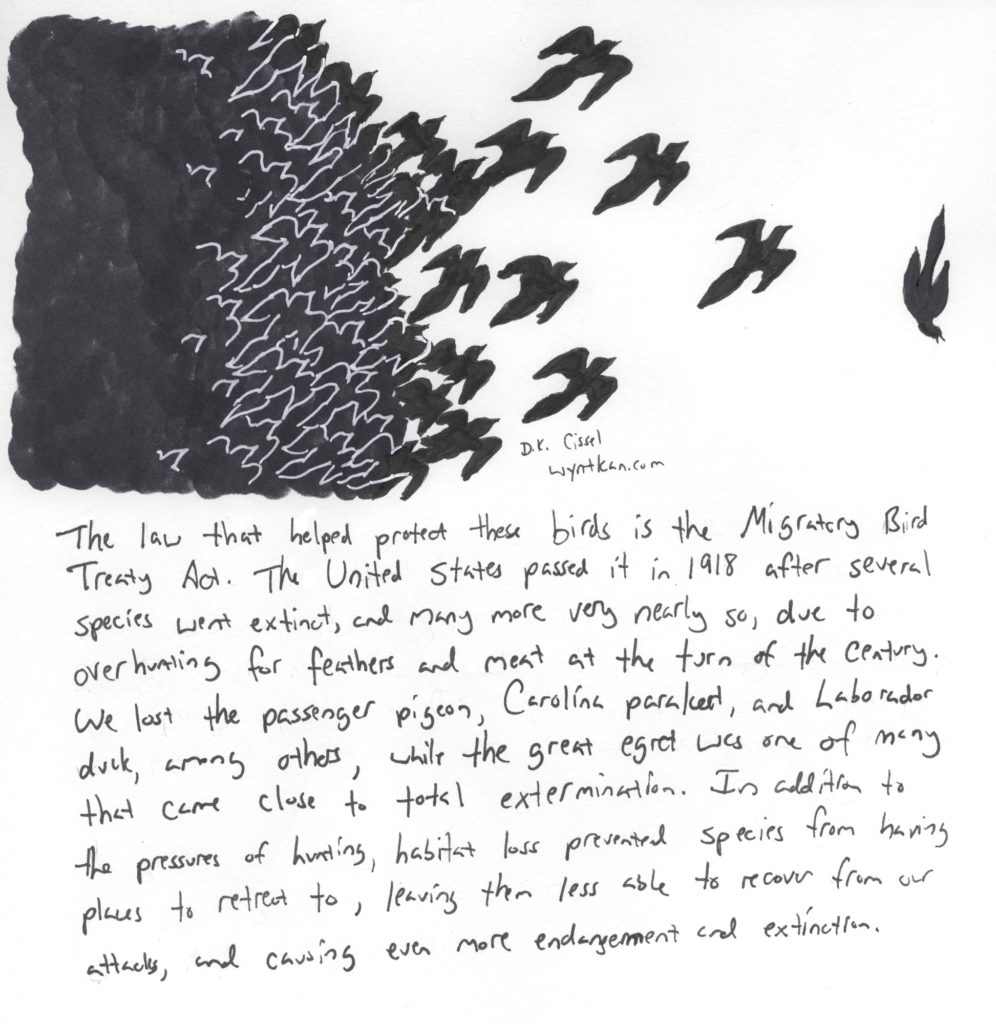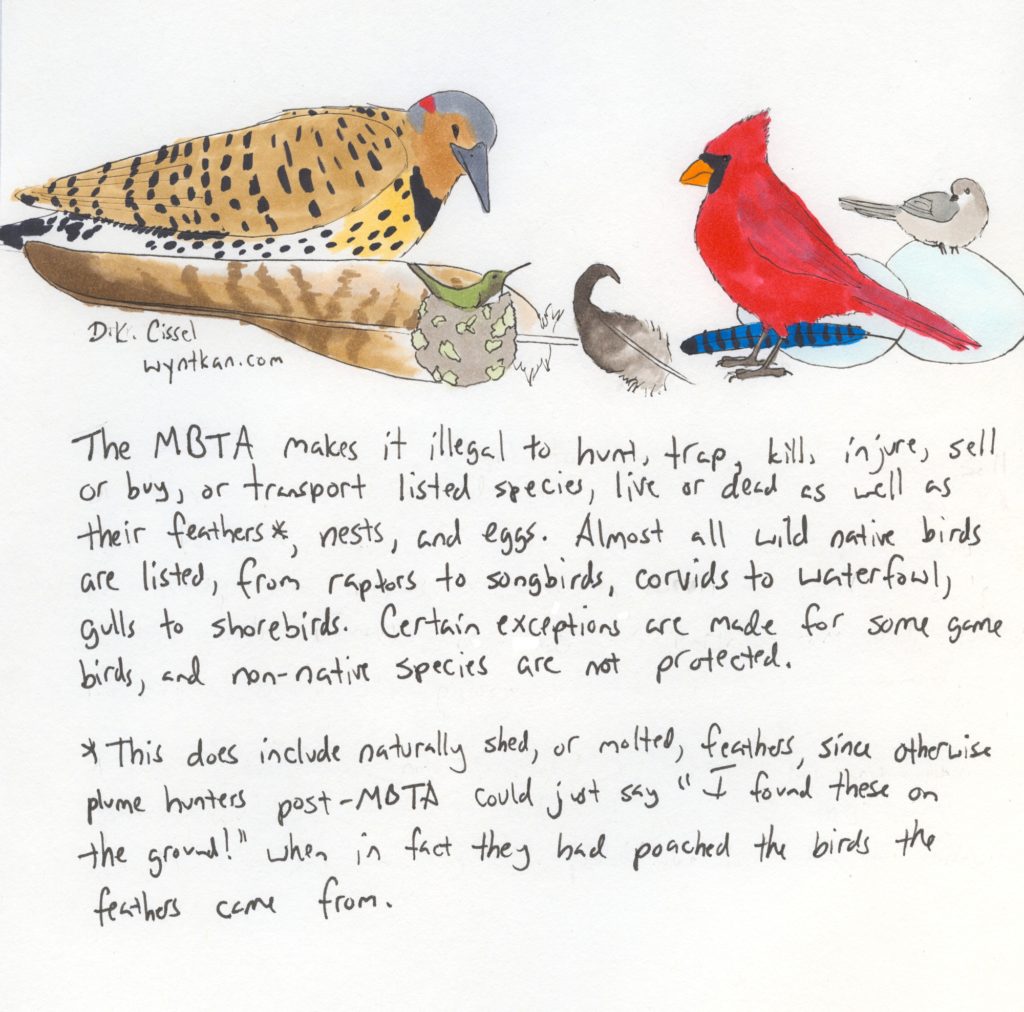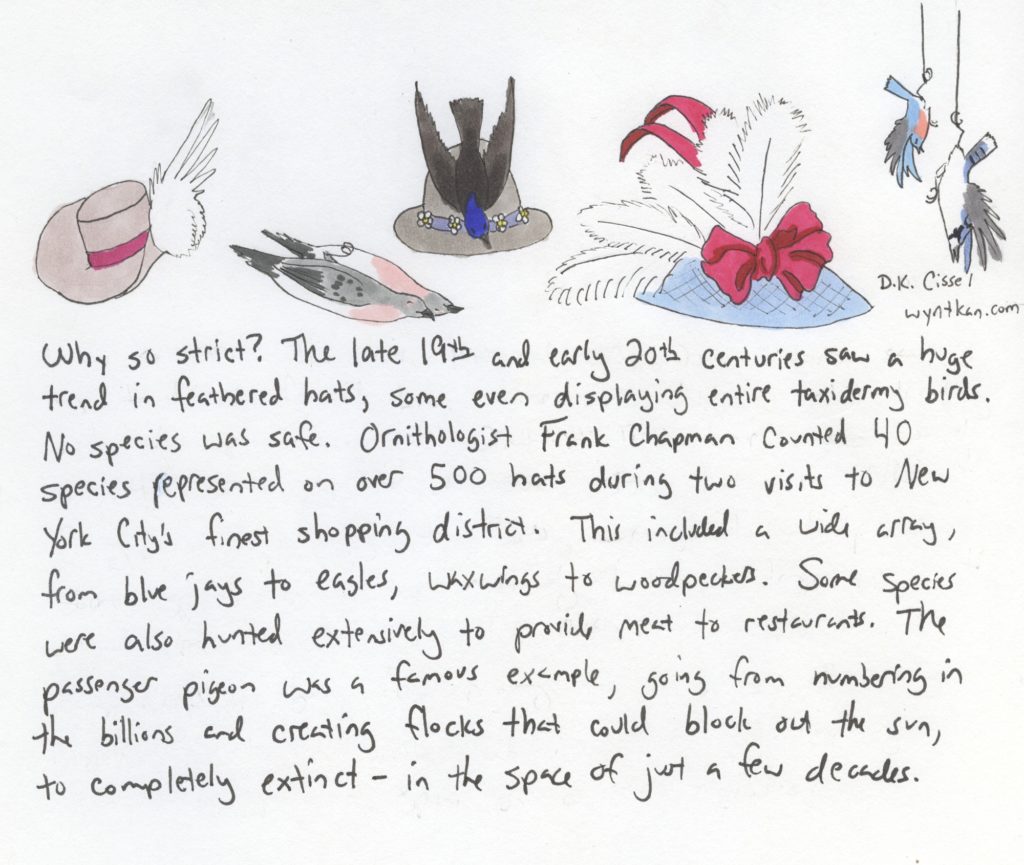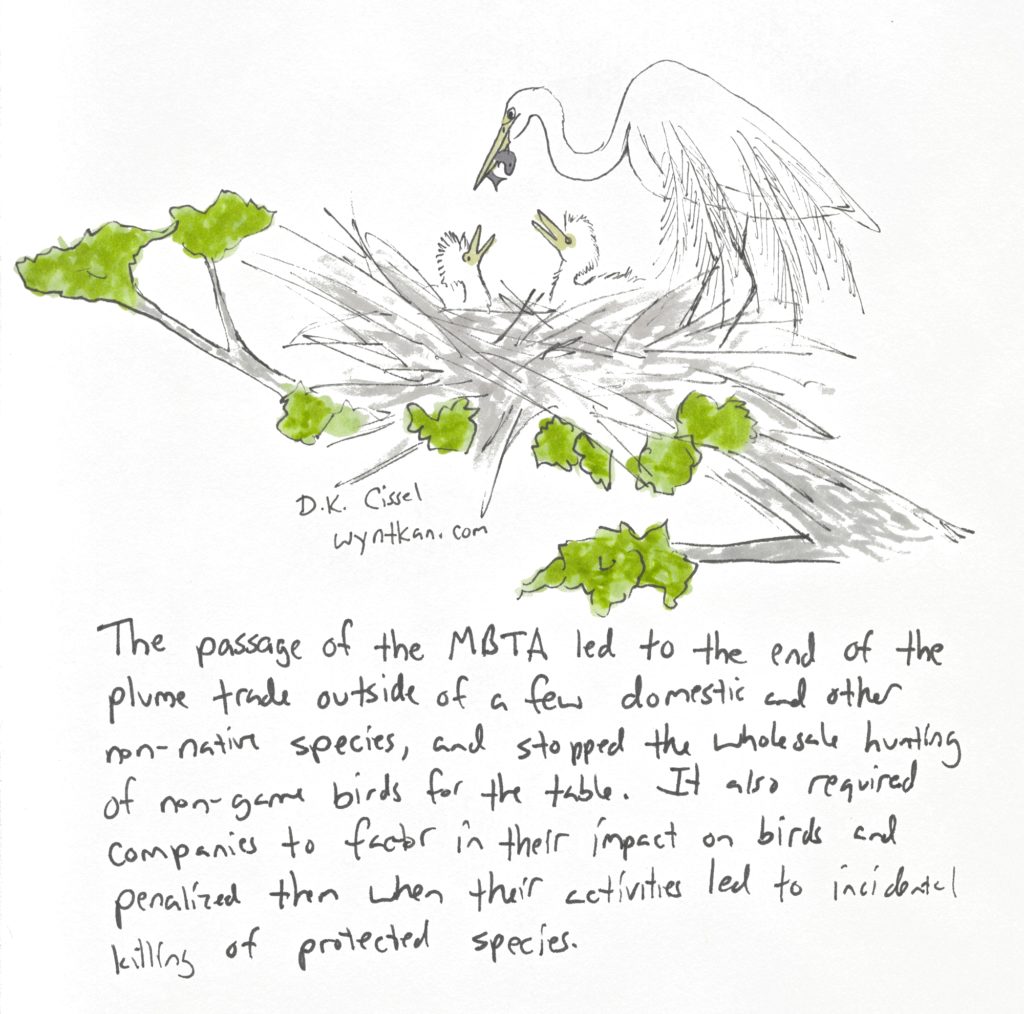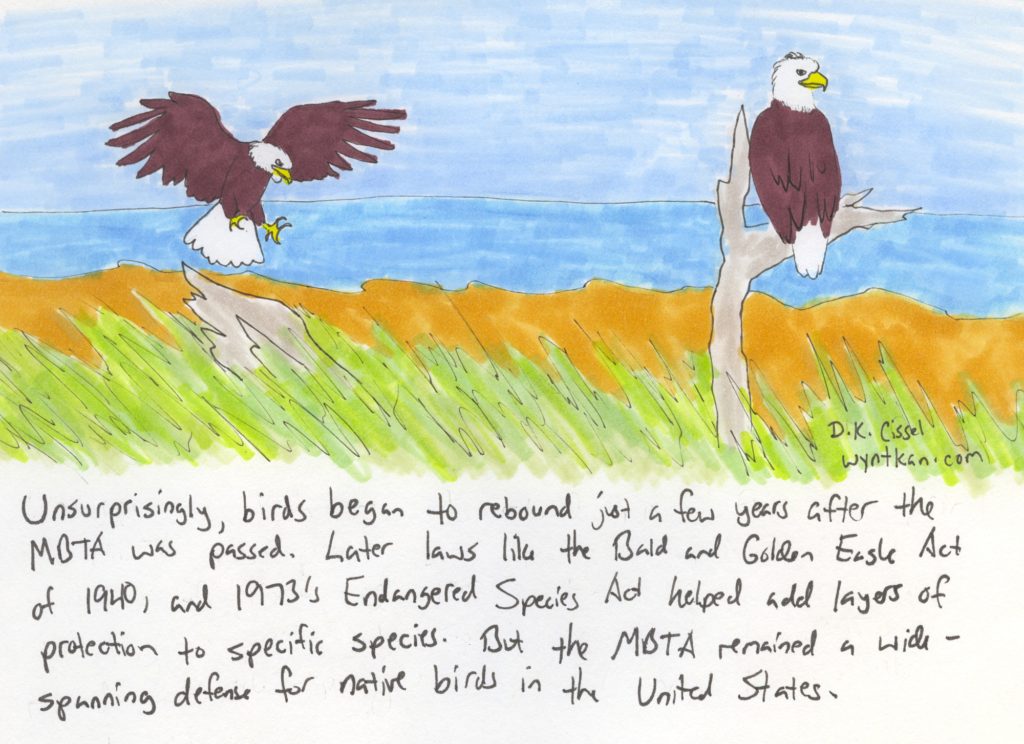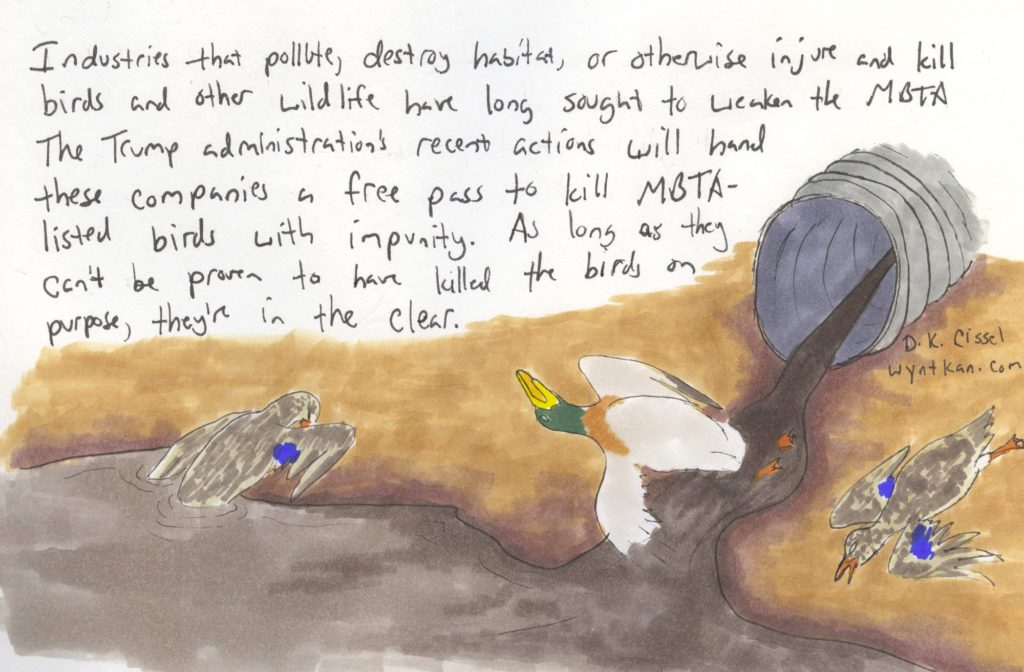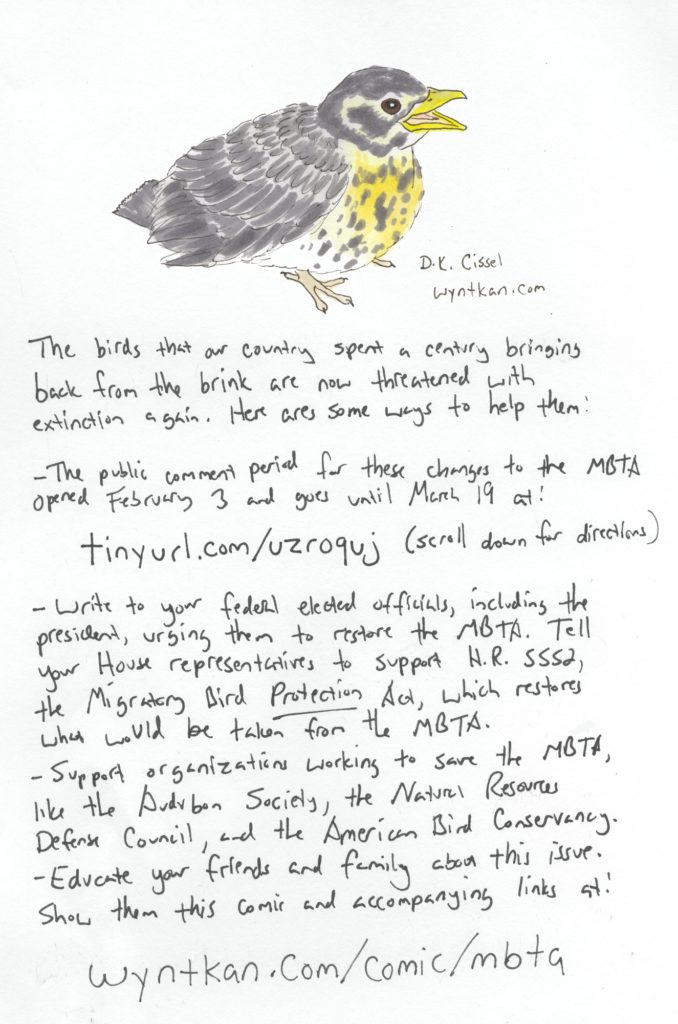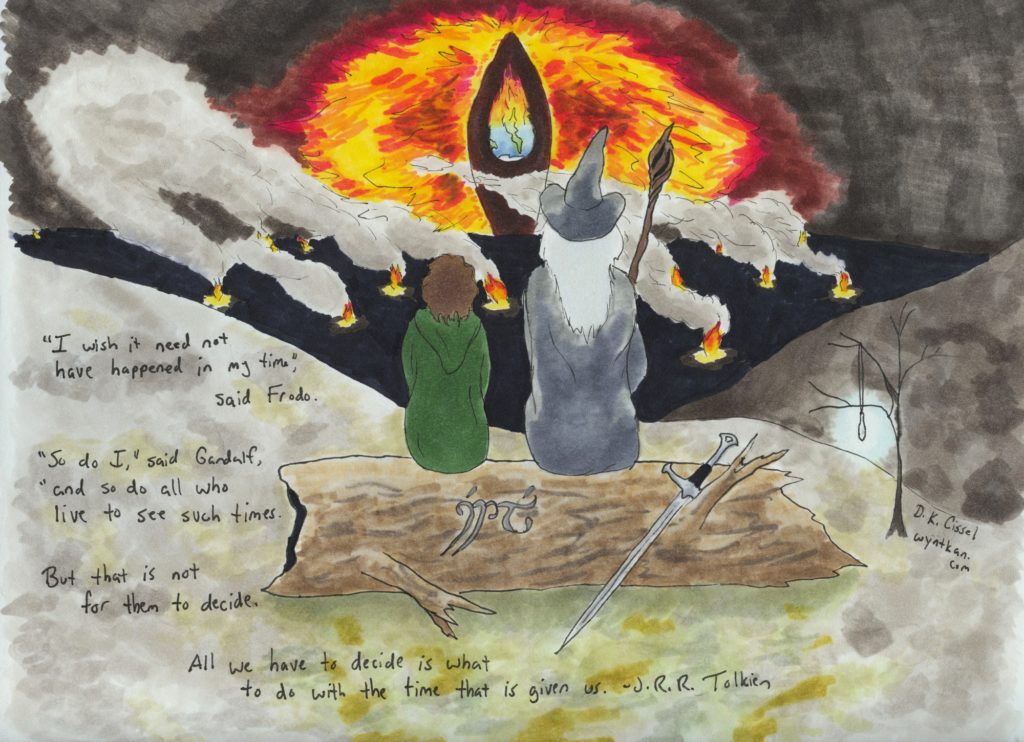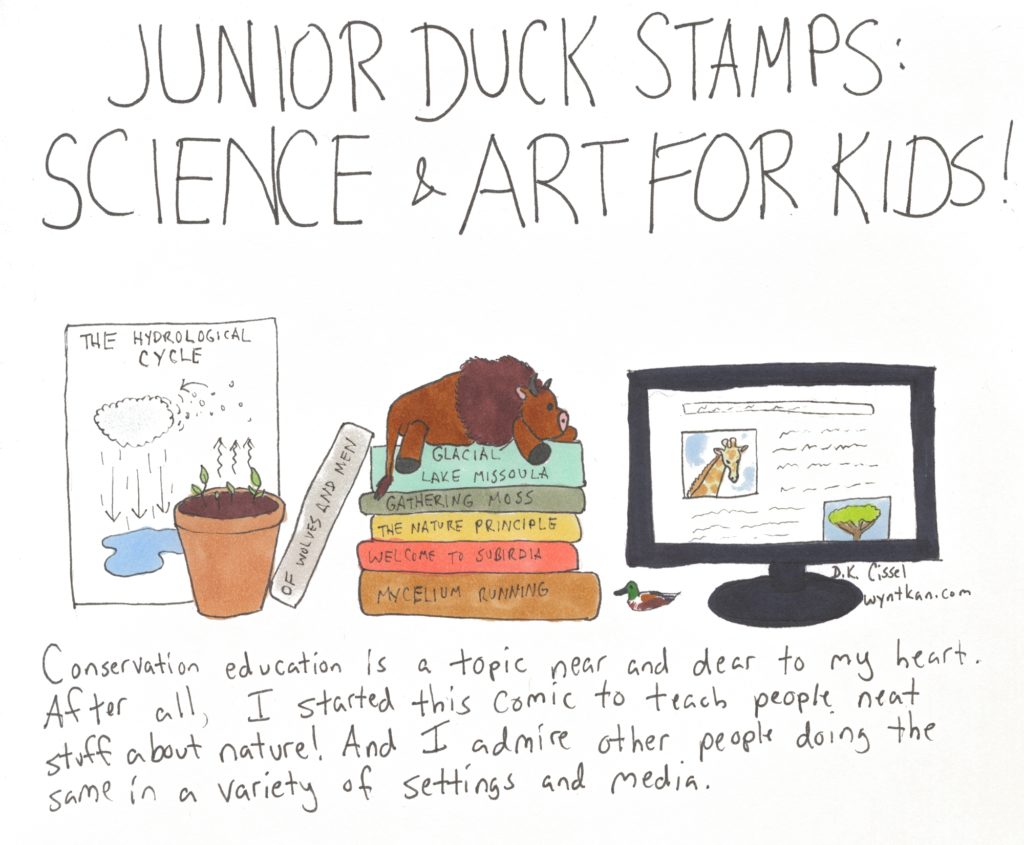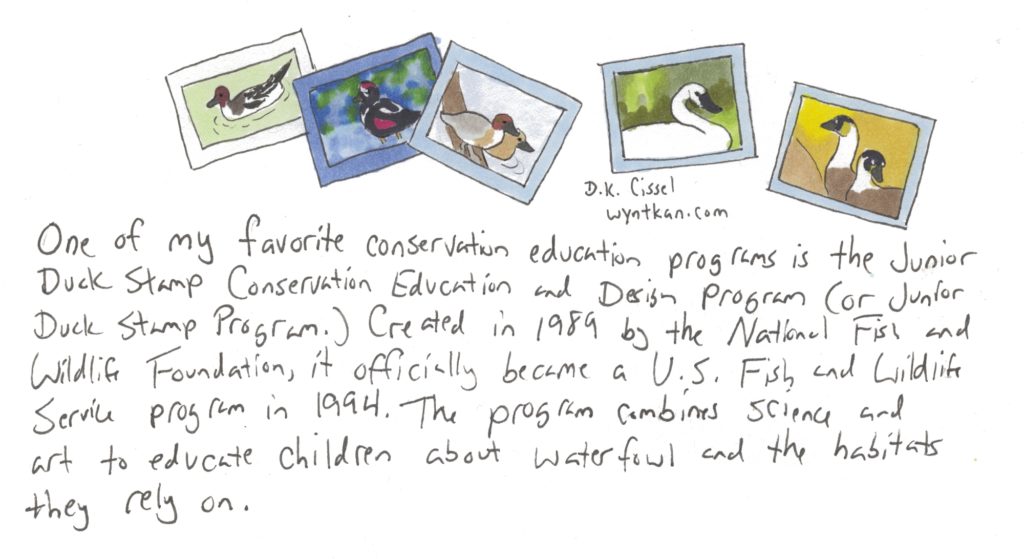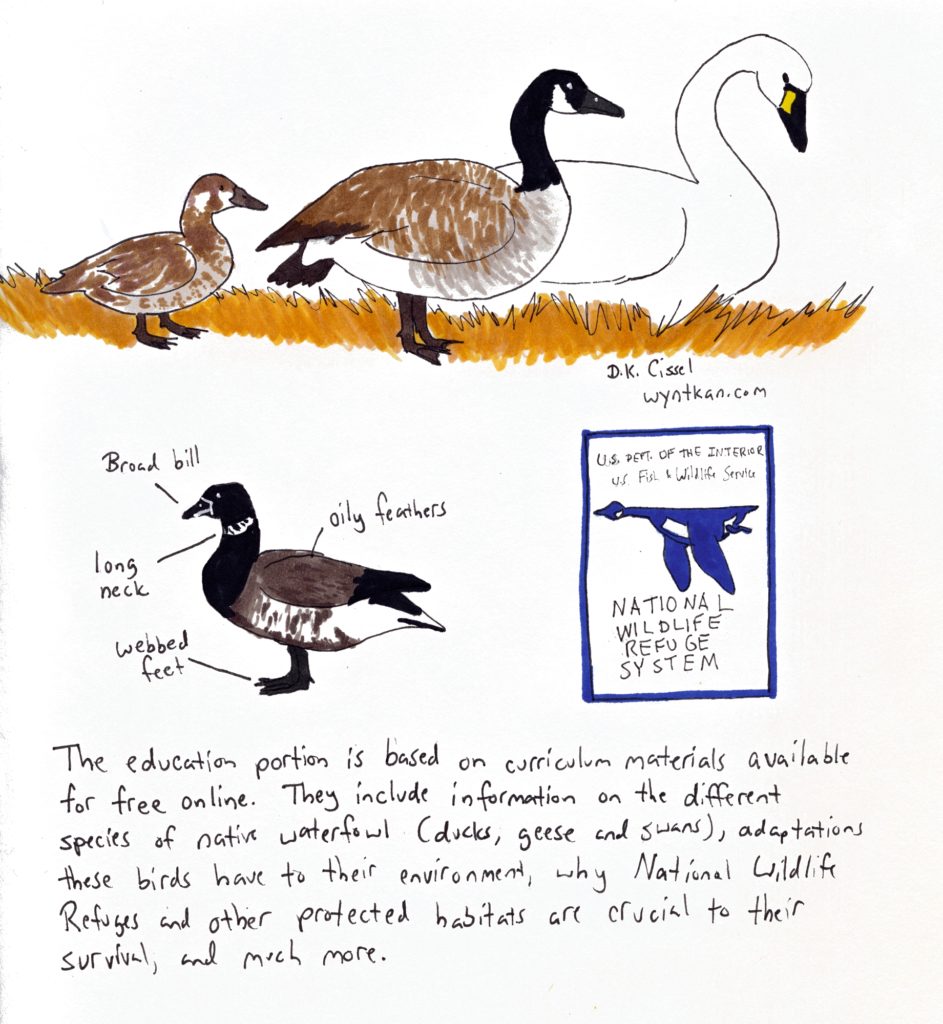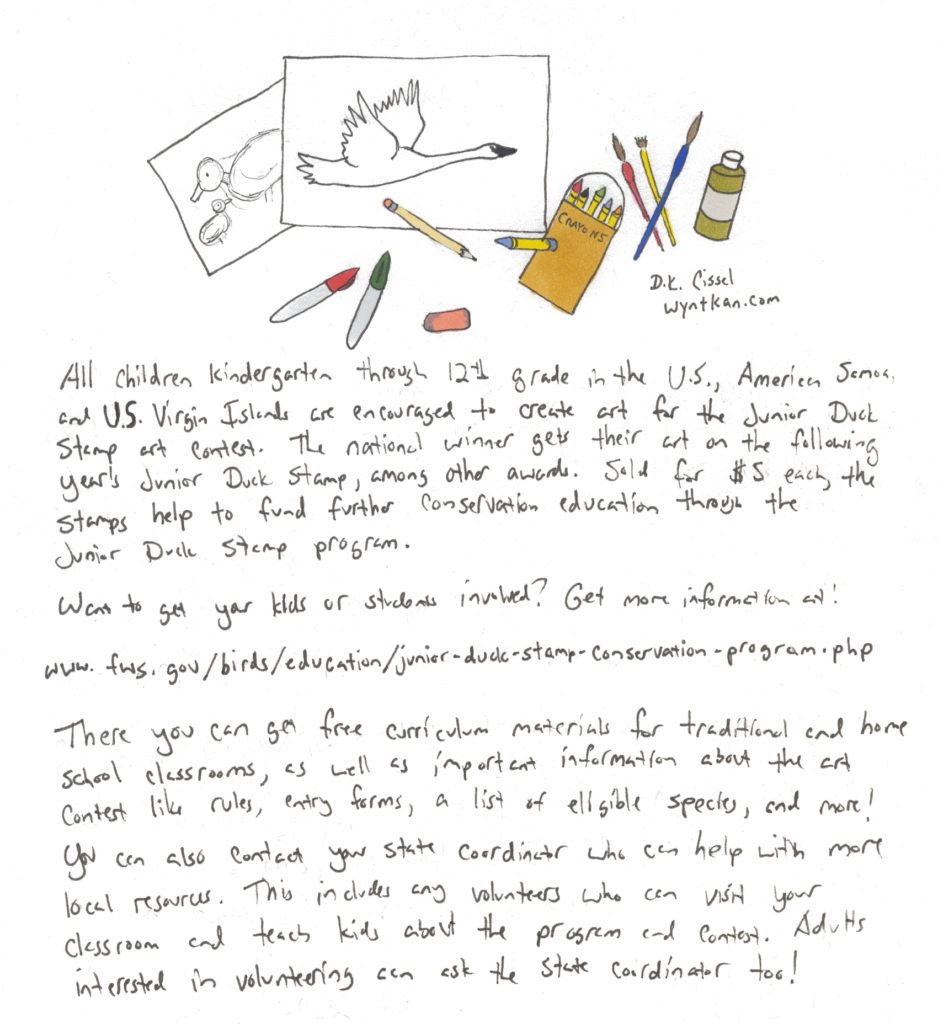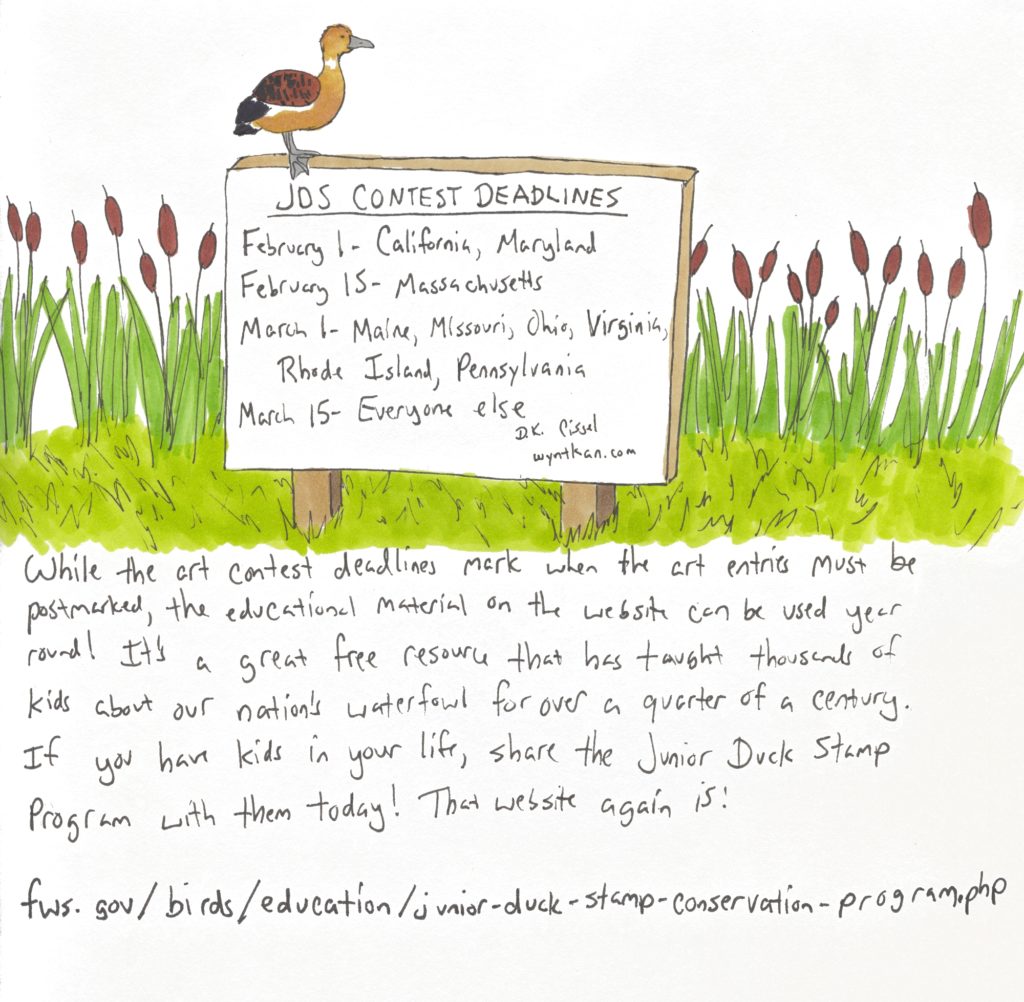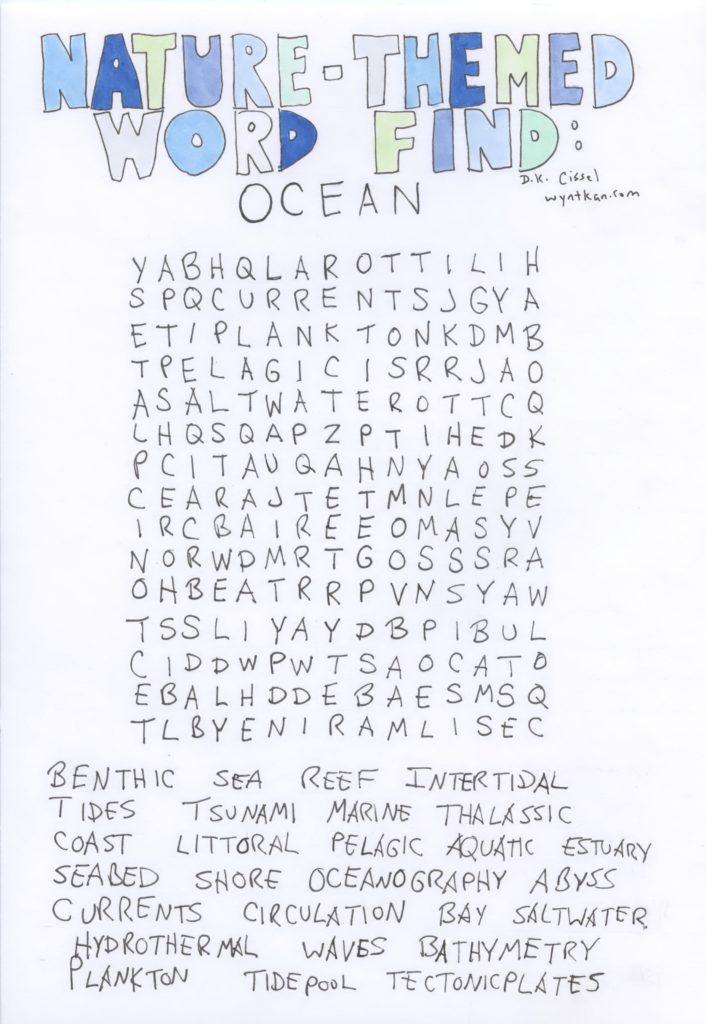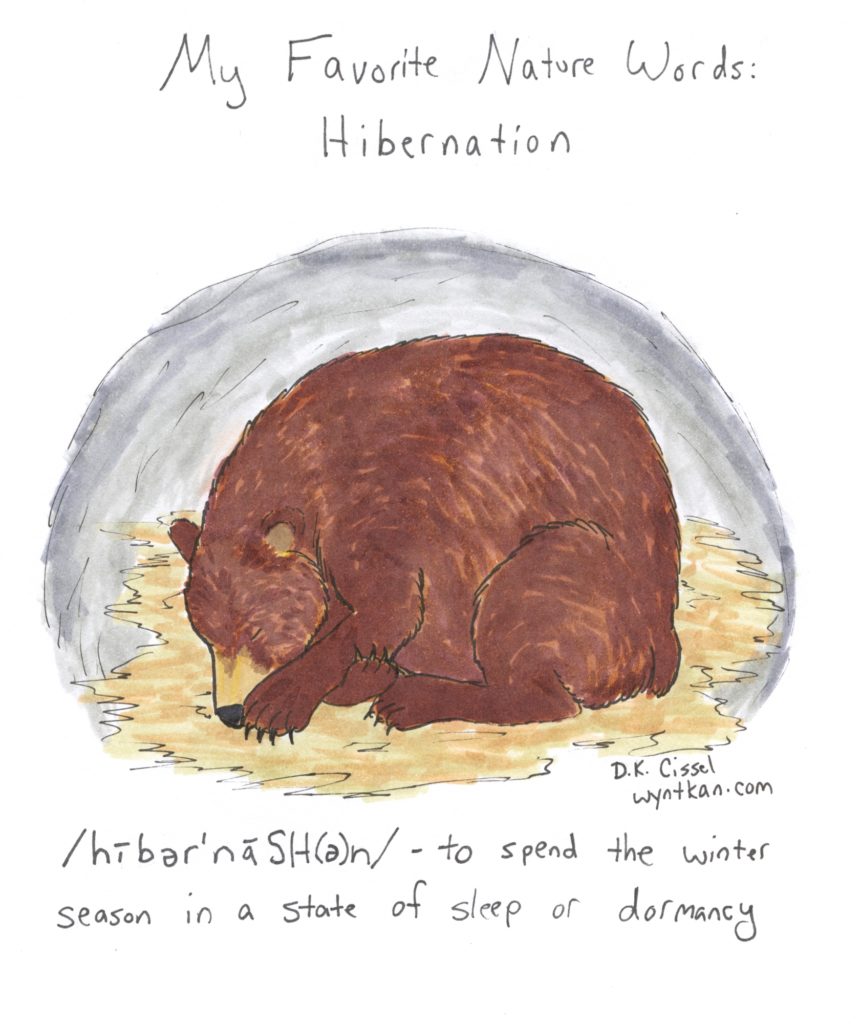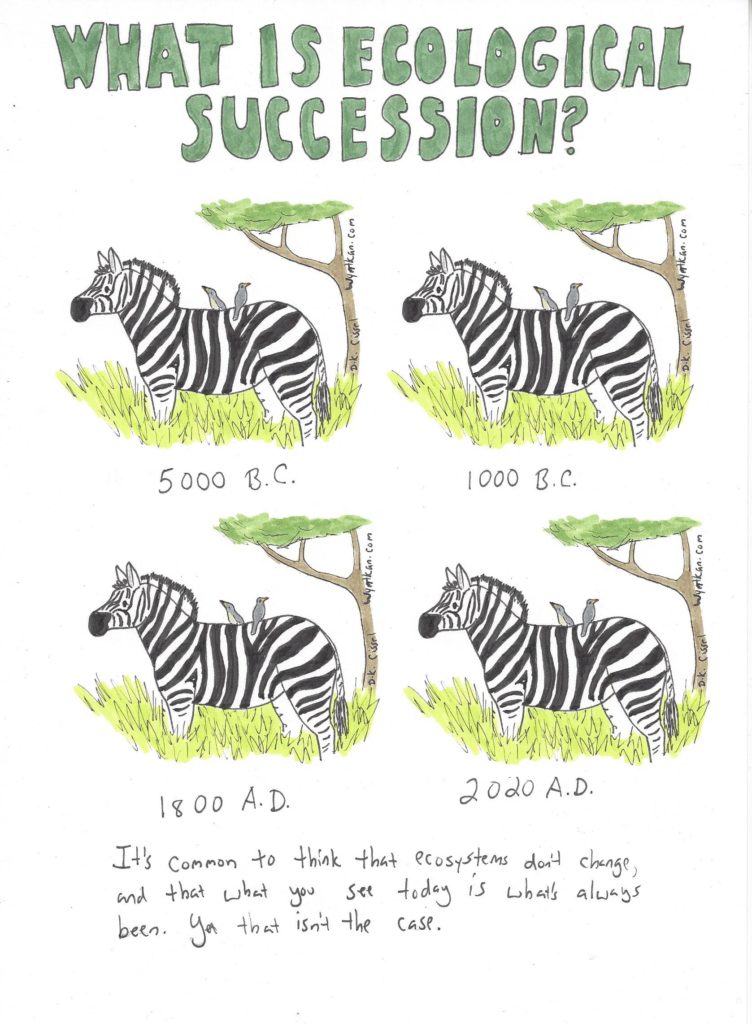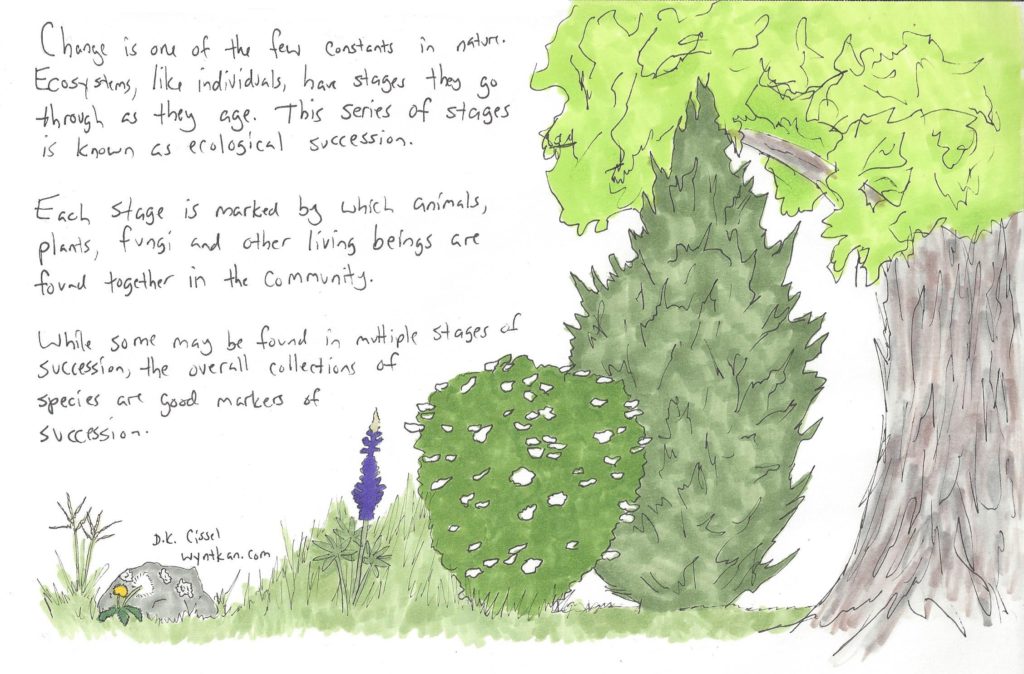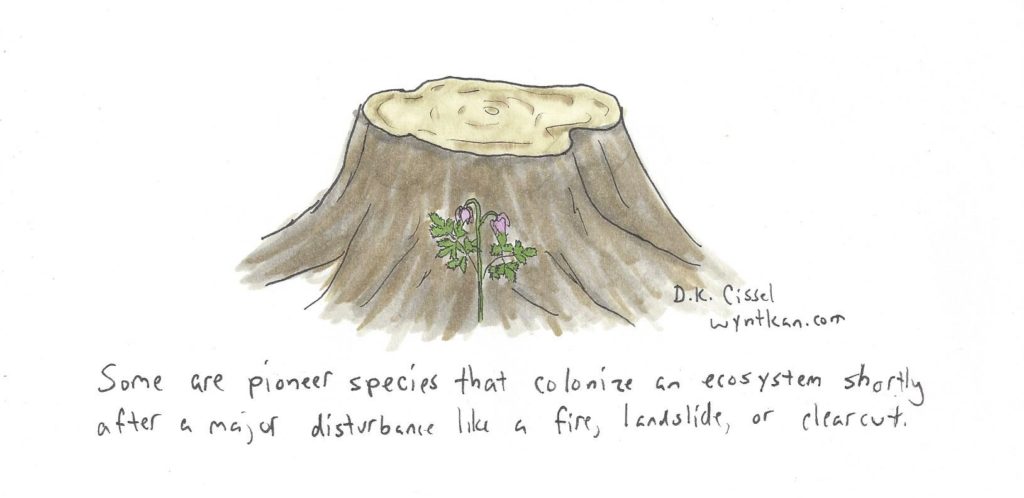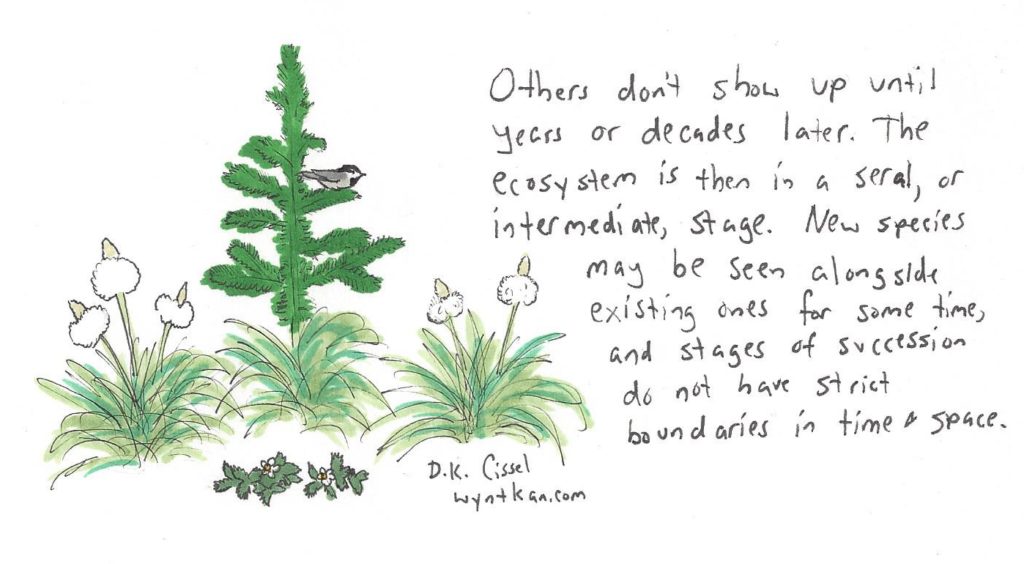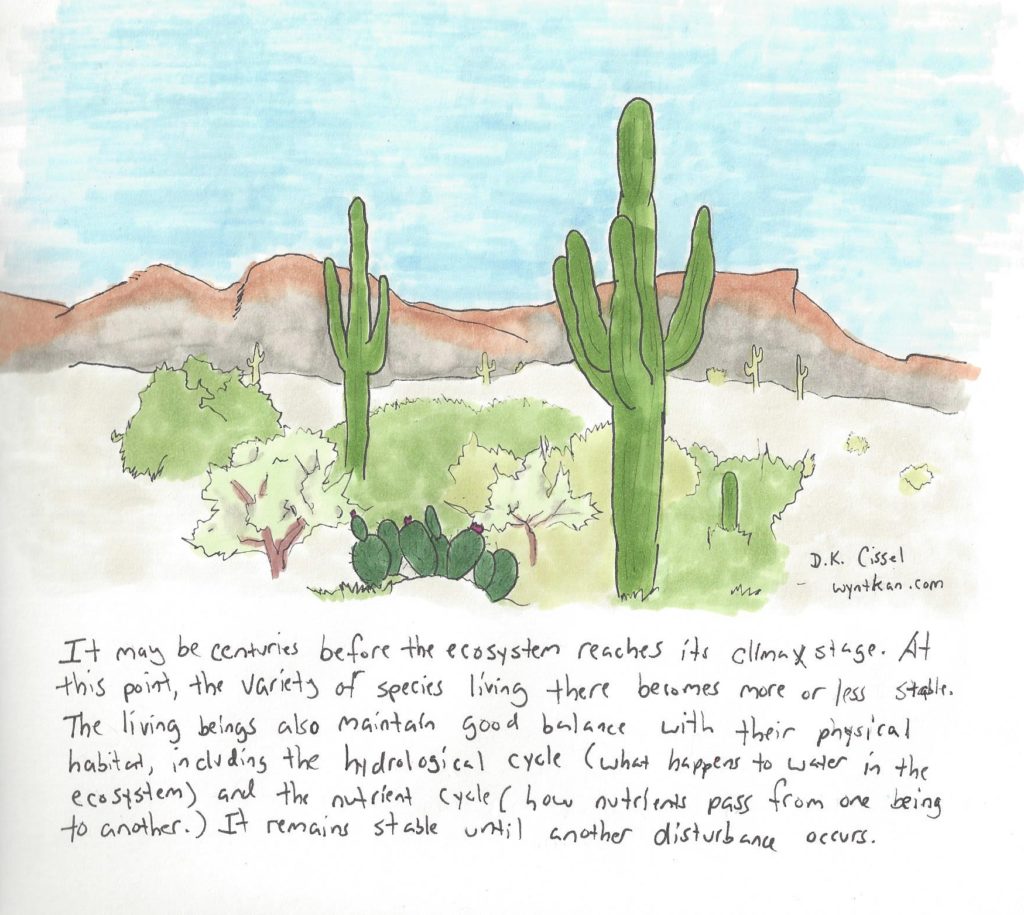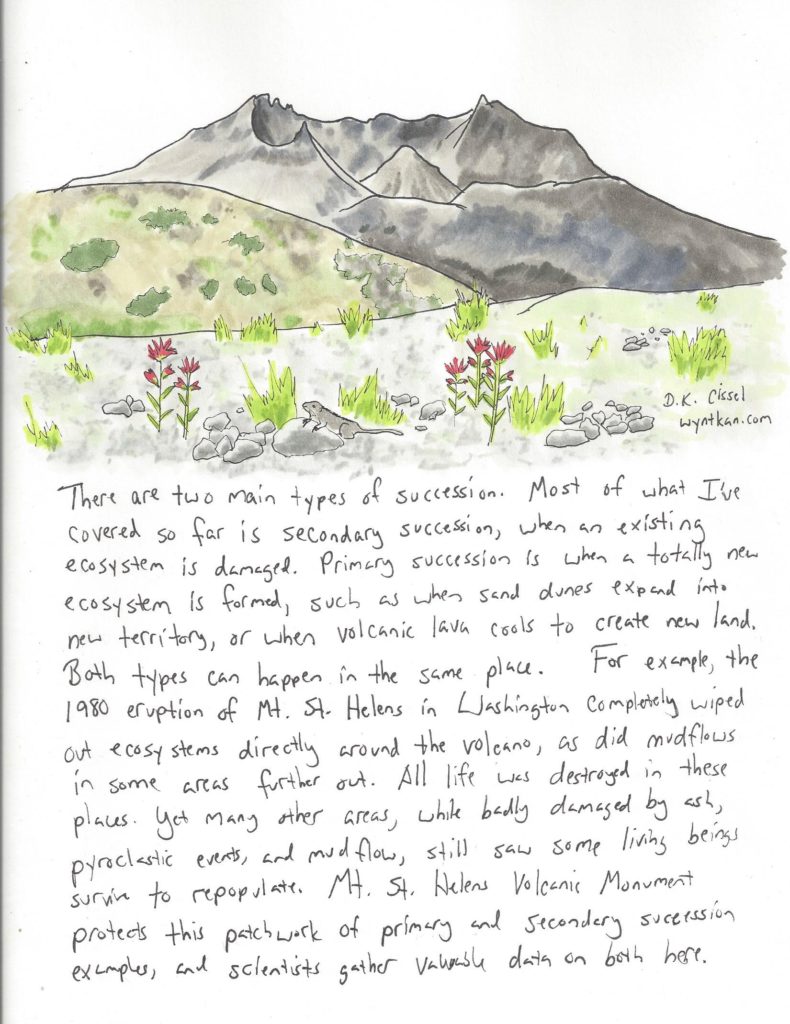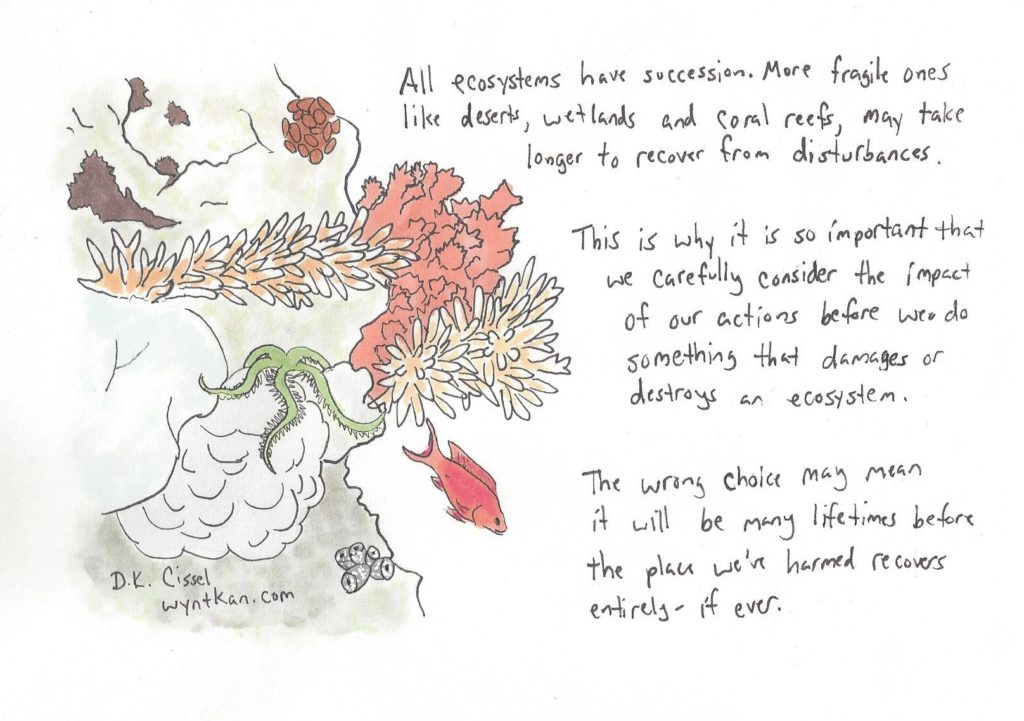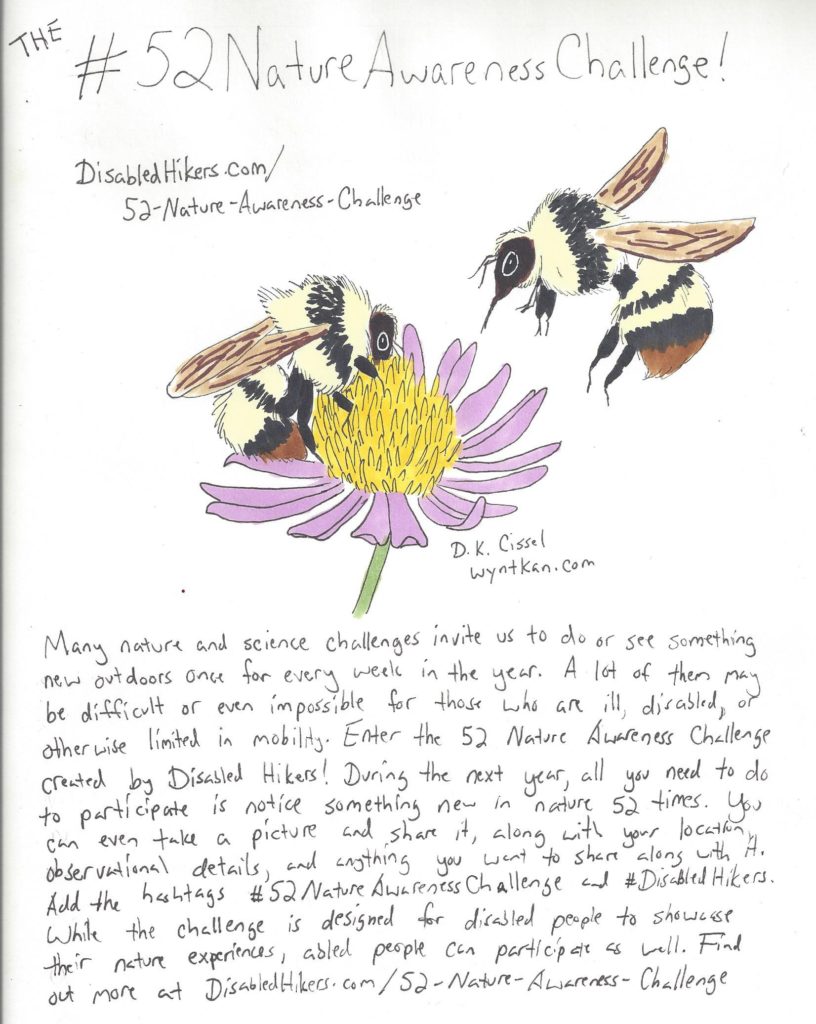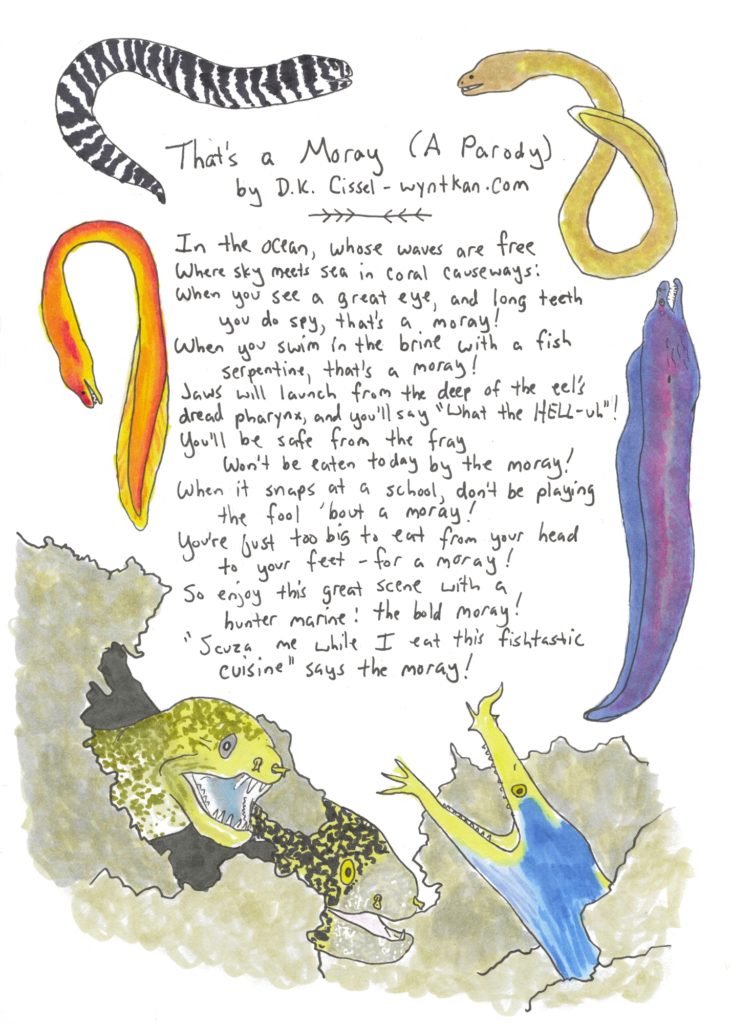
This was prompted by a Twitter thread a while back which consisted of a bunch of people making up “That’s Amore/That’s a Moray” parody verses for the fun of it. As usually happens when folks play with this pun, it was mostly one-shots of “When [something an eel does and you observe it] that’s a moray!” I decided I wanted to take this further and do a parody of the entire song, as closely as I could. I did still take a few liberties, and it’s not full length due to space constraints, but you should be able to sing this in its entirety to the original melody.
I also wanted to take the opportunity to dispel some myths about moray eels. While yes, they can deliver a nasty bite if you really, really mess with them, for the most part they’re pretty shy and don’t want to be bothered. They’re also small enough that they aren’t going to see you as a potential meal, even if those pharyngeal second jaws are pretty freaky looking at first!
Finally, I have an exciting announcement! I have officially opened a Redbubble store, and this design is the first one available there, mostly as prints and stickers. You can check it out by clicking on this Redbubble link right here.
Species portrayed: Undulated moray (Gymnothorax undulatus), snowflake moray (Echidna nebulosa), redface moray (Monopenchelys acuta), zebra moray (Gymnomuraena zebra), Seychelles moray (Anarchias seychellensis), viper moray (Enchelynassa vinolentus), ribbon eel (Rhinomuraena quaesita)

